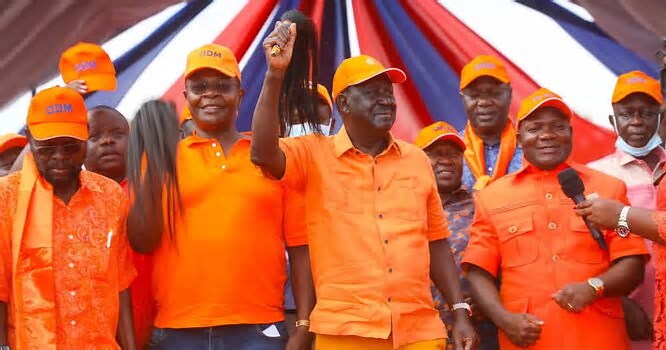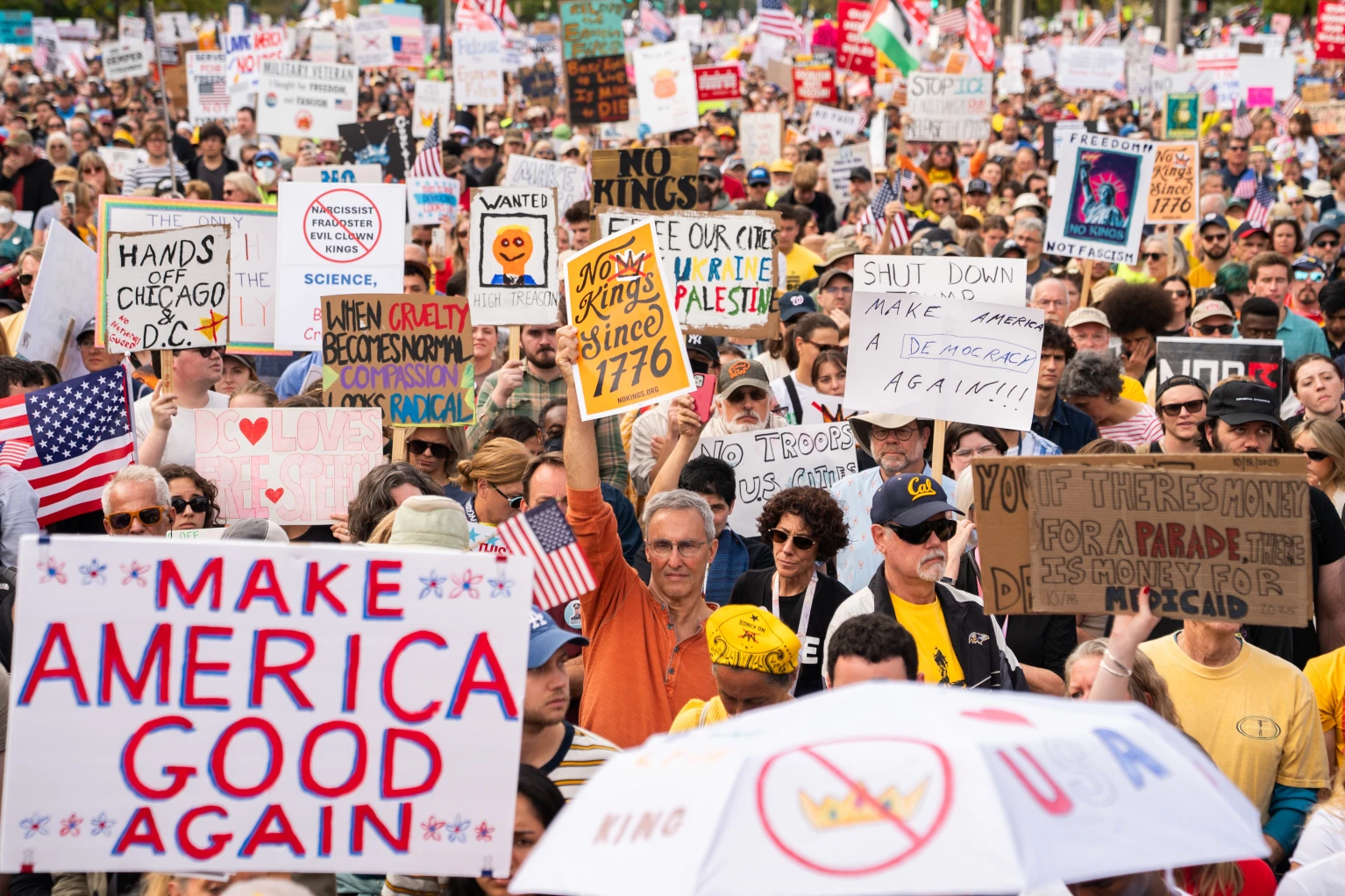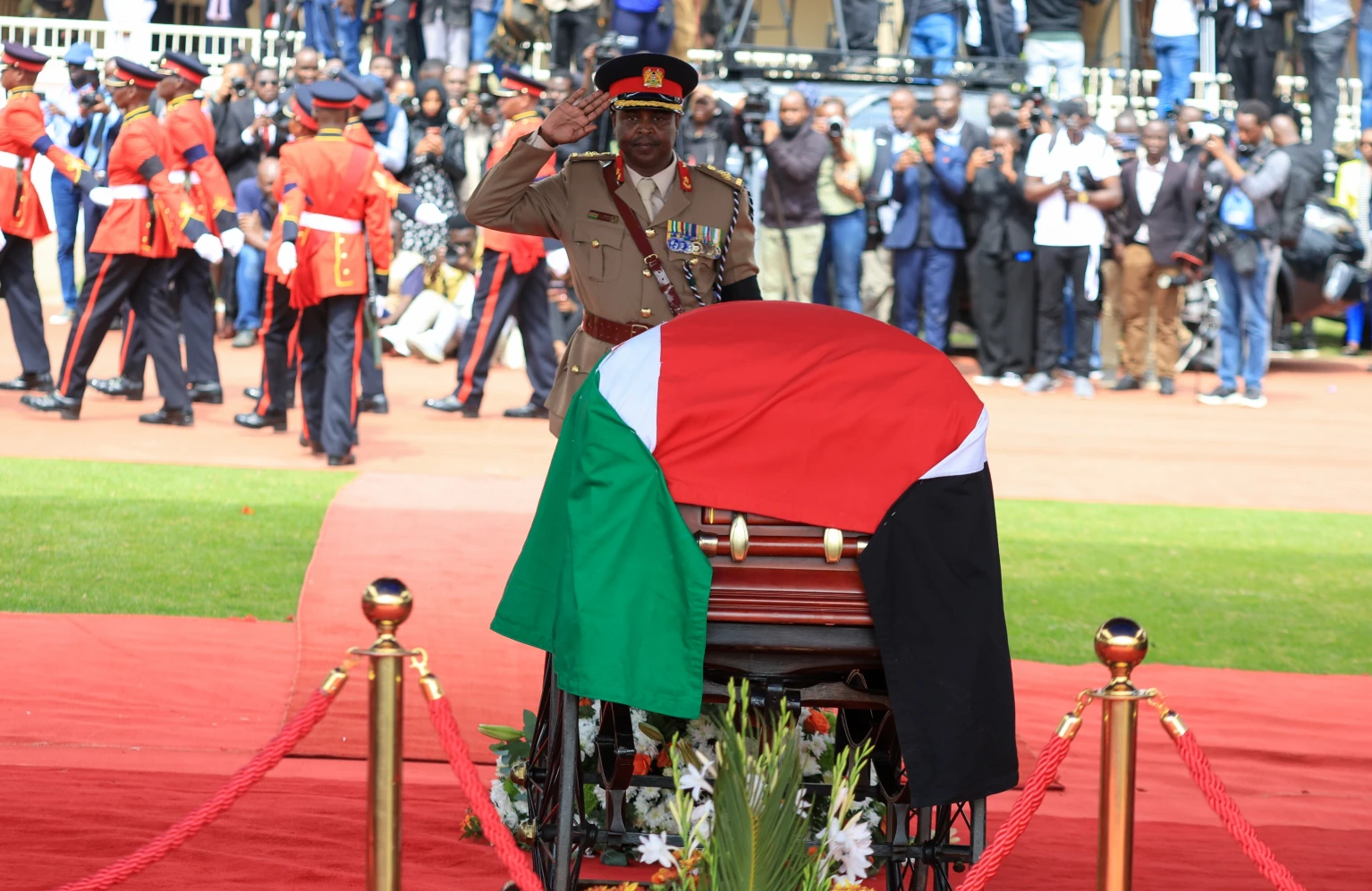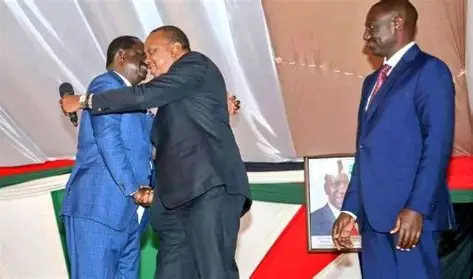
Raila Amolo Odinga, who passed away on October 15, 2025, at the age of 80, leaves behind a legacy as a pivotal figure in Kenya’s political landscape. His journey was marked by complex relationships with the nation’s presidents, navigating periods of opposition, alliance, and influence.
Jomo Kenyatta: The foundational rift
Raila’s political path was significantly shaped by his father Jaramogi Oginga Odinga, Kenya’s first vice president under President Jomo Kenyatta. The ideological and political rift between Jaramogi and Kenyatta, stemming from differing visions for the nation’s future, set the stage for Raila’s own political trajectory. This historical context influenced Raila’s interactions with Kenyatta’s successors, often positioning him in opposition to the ruling establishment.
Daniel arap Moi: From adversary to ally
Under President Daniel arap Moi’s regime, Raila was a vocal critic, leading to multiple detentions and a strained relationship. However, in a surprising turn, Raila joined Moi’s government as the Secretary-General of the Kenya African National Union (KANU), signalling a shift towards collaboration. This alliance was short-lived as Raila later broke away from forming the National Development Party (NDP). Despite their differences, Raila acknowledged Moi’s role in Kenya’s development, referring to him as a “freedom fighter” after his passing on in 2020.
Uhuru Kenyatta: A complex partnership
The relationship between Raila and President Uhuru Kenyatta was initially marked by rivalry, with Raila challenging Kenyatta in the 2017 elections. However, in 2018, they initiated a historic “handshake,” a political truce aimed at fostering national unity. This partnership led to the formation of the Azimio coalition with Raila as the presidential candidate. Despite their alliance, Raila’s bid for the presidency was unsuccessful, and the coalition eventually dissolved. Nonetheless, Raila’s influence remained significant in shaping Kenya’s political discourse.
William Ruto: A strategic supporter
In a surprising turn of events, Raila offered support to President William Ruto’s administration during a period of political unrest. His intervention was seen as pivotal in stabilizing Ruto’s government, showcasing Raila’s enduring influence and commitment to national unity. This move underscored his role as a stabilizing force in Kenya’s political landscape.
Raila’s Role as political insurance
Throughout his career, Raila Odinga served as a critical political figure capable of either challenging or supporting various administrations. His strategic decisions often acted as a barometer for political stability, with his support or opposition influencing the trajectory of Kenya’s governance. Whether as an opposition leader or a coalition partner, Raila’s involvement was instrumental in shaping the nation’s political outcomes.
Raila Odinga’s political journey reflects a commitment to Kenya’s democratic evolution, marked by alliances and rivalries that have left an indelible impact on the nation’s history.
Kenya without Raila
Looking at Kenya’s political trajectory without Raila Odinga’s stabilizing influence reveals a very different potential path – and it helps highlight why he has often been referred to as “the political insurance” of the country. Here’s a careful analysis:
Without Raila Odinga: Possible political instability
- Increased electoral volatility
- Raila has repeatedly played the role of a “kingmaker” or coalition balancer, especially in contested elections (like in 2007, 2013, 2017 and 2022).
- Without his participation or willingness to broker alliances, disputes over election results may have escalated into larger, prolonged crises or even violent conflicts – particularly in ethnically polarised regions.
- Fragmented opposition and unchecked ruling powers
- Raila’s strategic support for various administrations (like the 2018 handshake with Uhuru Kenyatta, stabilizing Ruto’s government during Gen-Z protests) prevented the ruling party from becoming overly unilateral or authoritarian.
- Without his balancing influence, successive governments may have faced less pressure for accountability, allowing policy capture by narrower interest groups.
- Slower democratisation and institutional evolution
- Raila championed constitutional reforms (2010 Constitution), multiparty democracy, and civil rights, often leveraging opposition pressure.
- His absence could have slowed these reforms, leaving Kenya with weaker governance frameworks and more centralized executive power.
- Higher risk of ethnic or regional conflicts
- Raila’s alliances often bridged ethnic divides, like Luo-Kalenjin-Uasin Gishu coalitions. Without his coalition-building, Kenya might have seen more frequent clashes along ethnic lines, particularly around elections.
Projection for Kenya with his legacy and stabilising role
Continued importance of coalition politics
- Raila’s legacy has institutionalized the idea that no single ethnic or political group can govern unilaterally. Kenya will likely continue relying on coalition-based politics, ensuring more inclusive governance — even post-Raila.
Resilient opposition culture
- Raila’s long-term opposition leadership normalized principled dissent and political negotiation. Future political leaders are likely to adopt similar roles, acting as a check on government power.
- Potential leadership vacuum
- As Raila exits the political scene permanently, a vacuum could emerge if no figure with equivalent national appeal and coalition skills steps in. Short-term risks of instability exist, especially in tense electoral periods.
- Institutional maturity and reforms
- Kenya may continue consolidating democratic reforms, but without Raila’s mediation, some processes (like dispute resolution post-election) could be slower or more contested.
In summary:
Raila Odinga’s presence has been a buffer against political collapse, mediating crises, and ensuring coalition governance. Without him, Kenya might have experienced deeper electoral crises, more ethnic tension, and slower democratic consolidation. Looking forward, the country must cultivate new coalition-builders and institutional mechanisms to maintain the stability of Raila historically provided.
Tell Media report / By John Lundu Kahi







